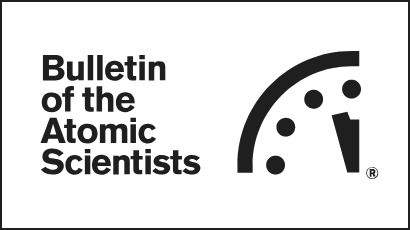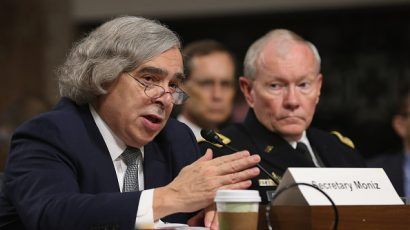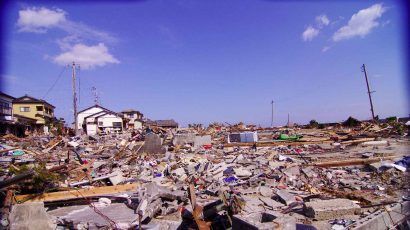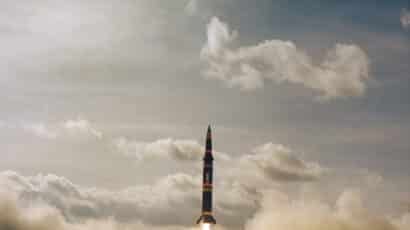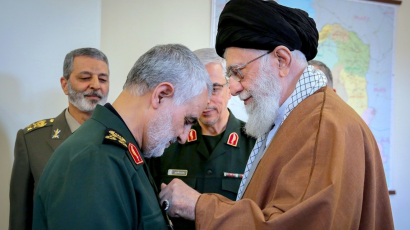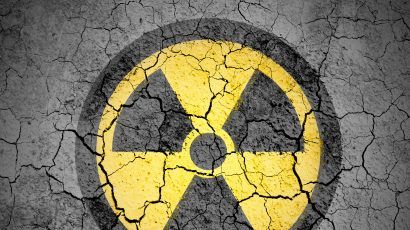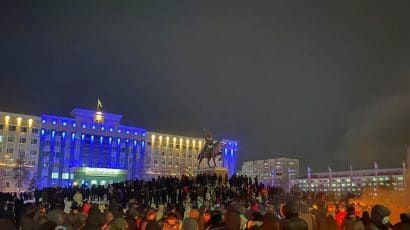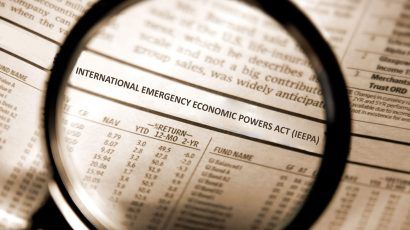Search results for nuclear terrorism
We continue to populate our planet with technologies that have catastrophic potential. We have vulnerable concentrations of humans, economic power, and hazardous materials. The most fearful concentrations of hazardous materials are in nuclear power plants. A serious accident there could kill hundreds or even thousands of people, and contaminate large areas of land for as long as a century.
The fallacy of the Megatons to Megawatts program
Few U.S.-Russian cooperation efforts are more popular and less controversial than the "Megatons to Megawatts" program, also known as the HEU-LEU deal, which converts Russia's highly enriched uranium (HEU) from nuclear weapons into low-enriched uranium (LEU) for U.S. nuclear power reactors. Under the agreement that the countries signed in 1993, Moscow made a commitment to eliminate 500 metric tons of HEU--probably more than one-third of the total HEU stock that the Soviet Union produced during the Cold War.
The 15-minute interview: Ernest Moniz
The US Energy Secretary takes a little time this week to provide Bulletin readers with a quick update on the administration's efforts to convince Congress and the American people to support the Iran nuclear agreement
Asking the unasked questions
So-called "tsunami stones" alerted people in Fukushima, Japan, to not build in areas that had been devastated by the giant waves. Many people, however, including officials at Tokyo Electric Power, owners of the ill-fated Fukushima Daiichi nuclear plant, ignored the warnings. In the aftermath of almost every technological disaster, reviews find that there were clear warnings before it occurred, but not enough was done to head off catastrophe.
Security at Y-12 nun too good
In the early hours of July 28, Megan Rice, the now-famous 82-year-old nun and activist, and her accomplices -- Greg Boertje-Obed, a 57-year-old housepainter and veteran, and Michael Walli, a 63-year-old gardener -- broke into the Fort Knox of nuclear facilities: the Y-12 National Security Complex, which houses 300 to 400 metric tons of bomb-grade uranium. The three activists knew they were risking their lives by breaking into the facility; the guards at Y-12 are sanctioned to use deadly force on trespassers.
The Six-Party Talks: Meeting North Korea’s energy needs
On February 13, 2007, North Korea and its five negotiating adversaries (the United States, South Korea, China, Japan, and Russia) agreed to reaffirm their 2005 commitments to denuclearize the Korean Peninsula but in a carefully sequenced manner. First Pyongyang was to freeze its plutonium production, then declare and disable its nuclear-weapons related capacities, and finally dismantle or remove those capacities irreversibly.
The lessons of Fukushima
As an anthropologist, I am always interested in what humans learn from their mistakes. Can humans change their behavior, thereby improving their chances of survival, not just through natural selection, but also through cultural learning? Or are we hardwired to repeat our mistakes over and over, like humanoid lemmings? More to the point, what lessons will we learn from the nuclear accident at Fukushima, an accident thought to be impossible just two weeks ago?
What next: A Sunni bomb?
The Islamic Republic of Iran stands at the threshold to the bomb. In 2010 it had more than enough low-enriched uranium (some 2,152 kilograms) to make its first bomb's worth of weapons-grade uranium. The LEU would have become highly enriched uranium in roughly 10 weeks had it been fed into the 4,186 centrifuges then operating. Thousands of other centrifuges are also known to be operating at the Natanz secret nuclear facility.
Able Archer: How close of a call was it?
Did a NATO exercise in 1983 bring the superpowers close to blows?
Humanitarian crisis: 1,000,000 Ukrainian refugees so far. Millions more expected to follow.
Up to 5 million people may flee Ukraine as Russia’s unprovoked war rages on, creating a humanitarian crisis and an international reckoning on the ways countries sometimes privilege some refugees over others.
Studies in deterrence: Why killing Iran’s Qasem Soleimani doesn’t do it
The United States claimed that, by killing the Iranian military commander, it was “deterring” future attacks. But in this situation, deterrence is nowhere to be found.
A better direction for low-dose radiation research
Don’t expect new research on the health effects of low-level radiation to reduce public fears.
What to do if North Korea collapses
Loose nukes and humanitarian crises are just a few possible challenges that will arise if the government in Pyongyang disappears.
Partnership plus: the future of the NATO-Ukraine relationship
NATO members have no choice but to revise their ideas about order and security on their eastern periphery
A third way toward a WMD-free Middle East
An incremental approach could move the region beyond weapons-of-mass-destruction gridlock.
Iran, Istanbul and the future
The outcome at Istanbul neither pleased everyone nor broadly disappointed many.
Should we be giving up on low-dose radiation research?
In the United States, just one government-sponsored funding program focuses on the health effects of low doses of ionizing radiation. That is the Energy Department's Low-Dose Program, which supports biomedical radiation research at academic institutions throughout the United States. In the most recent presidential budget for fiscal 2012, funding for this program is slated to decrease from $25 million to $14 million. Is this reasonable? Do scientists and policymakers already know enough about the health risks of low doses of ionizing radiation to make quality decisions?
Russia’s “dirty bomb” disinformation, annotated
Russian spokesmen continue to press the narrative that Ukraine plans to use a dirty bomb to frame Russia. A close look at Russia's letter to the UN Security Council helps debunk those claims.
Is a shadow presidency fueling the gas-prices fire in oil-rich Kazakhstan?
What began as Kazakhstani citizen anger over gas prices quickly morphed into broad anger over government corruption and political authoritarianism. President Tokayev has promised to bring change, but that goal remains elusive given what many perceive to be a shadow presidency by former president Nursultan Nazarbyev.
Trump’s trade policy may deflate his “maximum pressure” campaigns
President Trump is mixing trade and immigration policy with foreign policy—a move that could undermine the “maximum pressure” campaign against Iran and North Korea.
